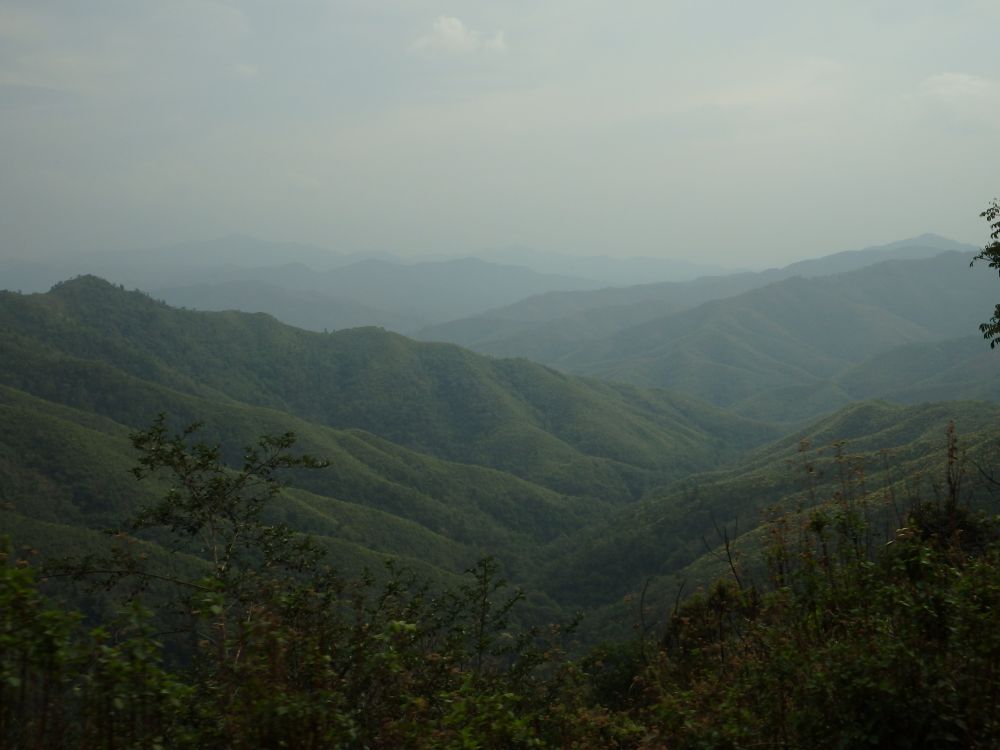

Moreh is a bustling border town in the Tengnoupal district of Manipur, India. It's a town that resonates with the prospects of cross-border trade and cultural exchanges, situated strategically on the India-Myanmar border. Over the years, Moreh has emerged as a significant point not just for trade but also for tourism in North-East India, linking this part of the country to Southeast Asia.
The history of tourism in Moreh is deeply intertwined with its geopolitical significance and the rich cultural tapestry of the region. Traditionally, the town has been a trading post, with people from both India and Myanmar crossing the border for business. In the late 20th century, the Government of India began to recognise the potential of Moreh as a tourist destination, particularly due to its proximity to Myanmar and the vibrant ethnic culture that could attract tourists from around the world.
Initially, tourism development in Moreh was slow, hindered by regulatory challenges and the need for better infrastructure. However, with the introduction of initiatives like the Look East (now Act East) Policy, the town started gaining momentum as a gateway for international travellers wanting to explore the Eastern Himalayas and beyond.
Visitors to Moreh can explore a range of attractions including:
The town is also a cultural hotspot, where visitors can witness a melting pot of traditions and lifestyles from various tribes and communities living in and around Moreh.
More recent trends in Moreh's tourism revolve around sustainable and community-based tourism. There is a growing emphasis on developing homestays and engaging with local communities to ensure that tourism benefits the residents and does not harm the environment. Moreover, the governments of India and Myanmar have been working on easing border restrictions to facilitate easier movement for tourists wishing to explore both nations.
The establishment of the Integrated Check Post (ICP) at Moreh has been a game changer, streamlining customs and immigration processes for travelers crossing between India and Myanmar. This has significantly boosted cross-border tourism.
An ambitious project, the India-Myanmar-Thailand Trilateral Highway, is set to further enhance Moreh's stature as a key travel hub, connecting it all the way to Thailand and potentially transforming the dynamics of regional tourism.
In conclusion, Moreh offers a unique blend of cultural experiences and the thrill of border-crossing adventures. Its history as a trade town has perfectly positioned it as a charming tourism hot-spot, bridging the gap between India and Southeast Asia. As infrastructure continues to improve and new policies are implemented, Moreh is all set to become an even more integral part of the tourism landscape in Northeast India.
By exploring Moreh, tourists not only discover a town rich in cultural diversity and natural beauty but also become part of a larger narrative of international friendship and economic collaboration in this corner of the world.